Home>Gardening & Outdoor>Landscaping Ideas>How To Maintain Sod Grass
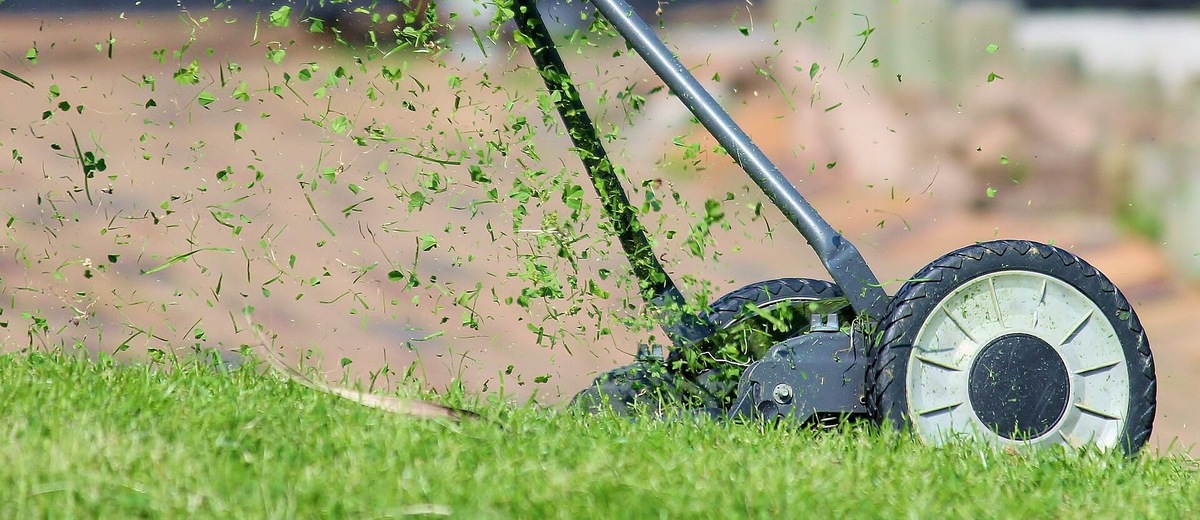

Landscaping Ideas
How To Maintain Sod Grass
Modified: February 18, 2024
Learn effective landscaping ideas for maintaining sod grass. Get expert tips for a lush, green lawn with our comprehensive guide. Ideal for homeowners and garden enthusiasts.
(Many of the links in this article redirect to a specific reviewed product. Your purchase of these products through affiliate links helps to generate commission for Storables.com, at no extra cost. Learn more)
Introduction
So, you've decided to adorn your yard with the lush, vibrant appeal of sod grass. Congratulations on taking this step toward creating a beautiful and inviting outdoor space! Sod grass, also known as turf grass, offers an array of benefits and can instantly transform the appearance of your landscape. However, to ensure that your sod grass remains healthy and visually appealing, it's essential to understand the proper maintenance techniques.
In this comprehensive guide, we will delve into the various aspects of maintaining sod grass, providing you with valuable insights and practical tips to help you achieve a thriving and picturesque lawn. From watering and mowing to fertilizing and addressing common issues such as weeds and pests, we've got you covered. By implementing the strategies outlined in this guide, you can enjoy the enduring beauty of your sod grass and create an outdoor environment that beckons you to relax and unwind.
Now, let's embark on this enlightening journey to discover the art and science of maintaining sod grass. Get ready to elevate the allure of your landscape and revel in the joy of a well-maintained, velvety carpet of sod grass!
Key Takeaways:
- Sod grass offers instant beauty, erosion control, and time efficiency. Proper maintenance through watering, mowing, and fertilizing ensures a resilient and visually appealing lawn.
- Effective weed control, pest management, and timely repair of damaged areas are essential for preserving the lush beauty of sodded lawns. Embrace the journey of nurturing a captivating outdoor space!
Read more: How To Cut Sod Grass
Benefits of Sod Grass
Before delving into the maintenance aspects, it’s crucial to understand the numerous benefits that sod grass brings to your landscape. Sod grass offers an instant, lush carpet of greenery, providing an immediate transformation to your outdoor space. Here are some of the key advantages of incorporating sod grass into your landscape:
- Instant Beauty: Unlike seeding, sodding offers immediate results, instantly enhancing the aesthetic appeal of your yard. The rich green color and uniform texture of sod grass create a visually pleasing environment.
- Erosion Control: Sod grass helps prevent soil erosion, especially on slopes and areas prone to runoff. Its dense root system stabilizes the soil, reducing the risk of erosion caused by wind and water.
- Soil Enrichment: The roots of sod grass contribute to soil health by enhancing aeration and promoting microbial activity. This, in turn, improves the overall fertility and structure of the soil.
- Time Efficiency: Sod installation saves time compared to seeding, allowing you to enjoy a finished lawn within a short period. This is particularly advantageous when you need to establish a lawn quickly, such as when preparing for a special event or selling a property.
- Weed Suppression: Once established, sod grass forms a dense mat that inhibits weed growth, reducing the need for extensive weed control measures.
- Temperature Regulation: Sod grass helps moderate ground and air temperatures, providing a cooler surface during hot weather and contributing to a more pleasant outdoor environment.
These benefits collectively make sod grass a popular choice for homeowners and landscapers seeking a fast, effective, and visually appealing solution for their outdoor spaces. Now that we’ve explored the advantages of sod grass, let’s delve into the essential maintenance practices to ensure that your sodded lawn remains healthy, vibrant, and enduring.
Watering
Proper watering is essential for the establishment and ongoing health of sod grass. When it comes to watering, the goal is to encourage deep root growth while preventing waterlogging or drought stress. Here are some key guidelines to ensure optimal watering practices for your sodded lawn:
- Initial Watering: Immediately after sod installation, thoroughly water the entire area to ensure that the sod and the underlying soil are adequately moistened. This initial watering is crucial for promoting root establishment.
- Frequency: During the first few weeks after installation, it’s important to keep the sod consistently moist. This may require daily watering, especially in warm weather. As the roots establish, gradually reduce the frequency of watering while increasing the amount of water applied during each session.
- Deep Watering: Rather than frequent shallow watering, encourage deep root growth by watering the sod less often but for longer durations. Deep watering promotes stronger, more resilient roots that can better withstand dry spells.
- Time of Day: Water your sod grass early in the morning to minimize water loss due to evaporation. Morning watering also allows the grass blades to dry during the day, reducing the risk of disease development.
- Observation: Monitor the sodded area regularly to assess the moisture levels. Adjust your watering schedule based on weather conditions, ensuring that the sod receives adequate moisture without becoming waterlogged.
- Drought Conditions: During periods of limited rainfall, supplement natural precipitation by watering your sod grass as needed. Pay attention to signs of drought stress such as wilting or discoloration, and respond promptly with appropriate irrigation.
By adhering to these watering practices, you can support the healthy growth and vitality of your sod grass, fostering a resilient and visually captivating lawn. Next, let’s explore the importance of proper mowing techniques to maintain the optimal height and appearance of your sodded lawn.
Mowing
Proper mowing is a fundamental aspect of maintaining the health and appearance of sod grass. When performed correctly, mowing encourages vigorous growth and helps create a dense, uniform lawn. Here are essential guidelines for effectively mowing your sodded lawn:
- Initial Mowing: After the sod has rooted and established, typically within 10-14 days of installation, it’s time for the first mowing. Ensure that the sod has firmly rooted before mowing to prevent displacement.
- Height Adjustment: Set your mower blade to the recommended height for the specific sod grass variety you have installed. Different grass species have distinct height requirements, and it’s crucial to adhere to these guidelines to avoid stress and damage to the turf.
- Mowing Frequency: Aim to mow your sod grass regularly, but avoid removing more than one-third of the grass blade length in a single mowing session. This may require mowing every 7-10 days, depending on the growth rate of the sod and the prevailing weather conditions.
- Sharp Blades: Ensure that your mower blades are sharp to achieve clean, precise cuts. Dull blades can tear the grass, leading to frayed edges that are more susceptible to disease and moisture loss.
- Clipping Disposal: Allow the clippings to remain on the lawn as they decompose and contribute valuable nutrients back into the soil. This practice, known as “grasscycling,” reduces waste and supports the overall health of the sod grass.
- Alternate Mowing Patterns: Vary the direction of your mowing pattern with each session to prevent the grass from developing a permanent lean in one direction. This promotes upright growth and an even, attractive appearance.
Adhering to these mowing practices will help maintain the optimal height and density of your sodded lawn, contributing to its overall health and visual appeal. Next, let’s explore the role of fertilizing in providing essential nutrients to support the growth and vitality of your sod grass.
Fertilizing
Fertilizing is a key component of maintaining the health and vibrancy of sod grass. By providing essential nutrients, fertilization supports robust growth, color retention, and overall resilience of the turf. Here are important considerations for effectively fertilizing your sodded lawn:
- Timing: Apply fertilizer to your sod grass according to the recommended schedule for the specific grass species. Typically, a balanced fertilizer can be applied in early spring, late spring, and early fall to coincide with the periods of active growth.
- Soil Testing: Conduct a soil test to determine the pH level and nutrient content of the soil. This information will guide you in selecting the appropriate type and formulation of fertilizer to address any deficiencies and optimize the soil environment for the sod grass.
- Appropriate Formulation: Choose a fertilizer specifically formulated for sod grass, preferably one with a balanced ratio of nitrogen, phosphorus, and potassium (N-P-K). This balanced approach supports overall turf health and minimizes the risk of nutrient imbalances.
- Uniform Application: Use a calibrated spreader to ensure even distribution of the fertilizer across the sodded area. Uneven application can result in patchy growth and inconsistent coloration of the turf.
- Watering After Application: After applying the fertilizer, water the sod grass thoroughly to facilitate the dissolution of the nutrients and their absorption into the soil. Adequate irrigation helps prevent potential root burn and ensures that the nutrients are readily available to the grass.
- Environmental Considerations: Be mindful of environmental factors such as rainfall and temperature when scheduling fertilizer application. Avoid applying fertilizer before heavy rainfall to prevent runoff, and refrain from fertilizing during periods of extreme heat to minimize stress on the grass.
By following these fertilization practices, you can provide the essential nutrients that support the growth and vitality of your sodded lawn, fostering a lush and resilient turf. Next, let’s explore effective strategies for weed control to preserve the pristine appearance of your sod grass.
Water your sod grass deeply and infrequently to encourage deep root growth. Mow regularly but never remove more than one-third of the grass height at a time. Keep an eye out for pests and diseases, and address any issues promptly.
Read more: When To Install Sod Grass
Weed Control
Preserving the immaculate appearance of your sod grass involves effective weed control measures. Weeds not only detract from the visual appeal of the lawn but also compete with the sod grass for essential resources. Implementing proactive strategies to prevent and manage weeds is crucial for maintaining a healthy and pristine turf. Here are key guidelines for effective weed control in your sodded lawn:
- Preventive Practices: Minimize weed encroachment by promoting the vigor of the sod grass through proper watering, mowing, and fertilization. A healthy, dense turf acts as a natural barrier against weed establishment.
- Early Intervention: Regularly inspect the sodded area for signs of weed growth. Address any emerging weeds promptly before they have the opportunity to spread and establish a foothold in the lawn.
- Manual Removal: For isolated weeds or small patches, manually remove the weeds, ensuring that you extract the entire root system to prevent regrowth. This approach is particularly effective for preventing the spread of invasive weeds.
- Herbicidal Treatment: Selective herbicides can be used to target specific types of weeds while minimizing impact on the sod grass. When using herbicides, carefully follow the application instructions and consider environmental factors to maximize efficacy and minimize potential harm to non-target plants.
- Post-Emergent Control: Apply post-emergent herbicides to address existing weed infestations. These products target weeds that are actively growing, providing effective control when applied according to the recommended guidelines.
- Regular Maintenance: Incorporate regular maintenance practices such as aeration and dethatching to promote a healthy turf and reduce the likelihood of weed establishment. These practices enhance the overall resilience of the sod grass, making it less susceptible to weed encroachment.
By integrating these weed control strategies into your sod grass maintenance routine, you can safeguard the pristine appearance and vitality of your lawn, allowing the lush beauty of the sod to take center stage. Next, let’s explore strategies for addressing common pests that may pose a threat to the health and aesthetics of your sodded lawn.
Dealing with Pests
Protecting your sod grass from pests is essential for maintaining its health and visual appeal. Common pests such as insects and small animals can cause damage to the turf, leading to unsightly patches and compromised vigor. Employing proactive measures to address potential pest issues is crucial for preserving the lush beauty of your sodded lawn. Here are key strategies for effectively dealing with pests:
- Identification: Familiarize yourself with the common pests that may affect sod grass in your region. Recognizing the signs of pest activity, such as discolored patches or visible damage to the grass blades, allows for early intervention.
- Natural Predators: Encourage natural predators such as birds, beneficial insects, and small mammals that feed on common lawn pests. Creating a hospitable environment for these natural allies can help maintain pest populations at manageable levels.
- Cultural Practices: Implement cultural practices that promote the resilience of the sod grass, such as proper watering, mowing, and fertilization. A healthy turf is better equipped to withstand pest pressure and recover from potential damage.
- Integrated Pest Management (IPM): Embrace an integrated approach to pest management that combines various strategies, including biological controls, habitat modification, and targeted pesticide applications when necessary. IPM emphasizes the use of the least toxic methods to minimize environmental impact.
- Timely Intervention: If pest activity is detected, promptly address the issue using targeted control methods. This may involve the application of selective insecticides or repellents to deter nuisance animals, always adhering to product labels and environmental regulations.
- Regular Monitoring: Continuously monitor the sodded area for signs of pest activity, adjusting your approach as needed based on the specific pests present and the extent of their impact on the turf.
By integrating these pest management strategies into your sod grass maintenance regimen, you can effectively protect the health and beauty of your lawn, ensuring that it remains an inviting and vibrant outdoor space. Next, let’s explore techniques for repairing damaged areas of the sodded lawn to restore its pristine appearance.
Repairing Damaged Areas
Over time, your sodded lawn may encounter various forms of damage, ranging from localized bare patches to more extensive wear and tear. Addressing these damaged areas promptly is essential to maintain the overall integrity and visual appeal of the turf. Here are effective techniques for repairing damaged areas of your sod grass:
- Resodding: For small, isolated areas of damage, such as bare patches or minor wear, resodding provides a quick and seamless solution. Cut out the damaged turf, prepare the soil, and install fresh sod to seamlessly blend with the existing lawn.
- Overseeding: To address thin or sparse areas of the sod grass, overseeding with the appropriate grass seed can promote denser growth and fill in the affected areas. Ensure proper seed-to-soil contact and provide adequate moisture for successful germination.
- Aeration and Topdressing: Conduct core aeration to alleviate soil compaction and improve the overall health of the turf. Follow up with topdressing using a nutrient-rich compost or topsoil to enhance soil structure and stimulate healthy growth in damaged areas.
- Thatch Removal: If thatch buildup is contributing to the decline of the sod grass in certain areas, consider dethatching to remove the excess organic matter and promote better air and water penetration into the soil. This can revitalize the affected areas and encourage new growth.
- Proper Irrigation: Ensure that damaged areas receive adequate moisture to support recovery and establishment of new growth. Adjust your watering schedule as needed to promote the successful integration of repaired areas with the existing sod grass.
- Regular Maintenance: Incorporate ongoing maintenance practices such as proper mowing, fertilization, and weed control to support the recovery of damaged areas and prevent further deterioration of the turf.
By employing these techniques to repair damaged areas of your sodded lawn, you can rejuvenate the overall appearance and resilience of the turf, ensuring that it remains a source of pride and beauty within your landscape. Now that we’ve explored the essential strategies for repairing and maintaining your sod grass, let’s conclude our journey with a summary of the key insights and the enduring allure of a well-maintained sodded lawn.
Conclusion
Congratulations on embarking on the enriching journey of maintaining sod grass! As you’ve discovered, the allure of a lush, vibrant lawn is within your reach, and by implementing the right maintenance techniques, you can ensure that your sodded lawn remains a captivating centerpiece of your outdoor space. Let’s recap the key insights and takeaways from our exploration of maintaining sod grass:
- Instant Beauty: Sod grass offers immediate transformation, providing an instant carpet of greenery that enhances the visual appeal of your landscape.
- Essential Maintenance: Proper watering, mowing, fertilizing, and weed control are fundamental to sustaining the health and vitality of your sodded lawn.
- Resilience and Vigor: By promoting the resilience of the sod grass through proactive pest management and timely repair of damaged areas, you can ensure that your lawn remains an enduring source of beauty and enjoyment.
- Outdoor Oasis: A well-maintained sodded lawn creates an inviting outdoor environment, beckoning you to relax, play, and connect with nature in the comfort of your own yard.
As you continue to nurture and care for your sod grass, remember that the journey is as rewarding as the destination. Witnessing the vibrant growth and enduring beauty of your lawn is a testament to your dedication and passion for creating a captivating outdoor space. Embrace the process, celebrate the milestones, and savor the tranquil allure of your well-maintained sodded lawn.
With the knowledge and insights gained from this guide, you are well-equipped to embark on a fulfilling and successful journey of maintaining your sod grass. Embrace the art and science of lawn care, and revel in the joy of a lush, thriving landscape that reflects your commitment to creating a beautiful outdoor haven.
Here’s to the enduring allure of a well-maintained sodded lawn, a testament to the artistry and dedication of the passionate homeowner. May your outdoor oasis continue to flourish and inspire, enriching your life and delighting all who behold its resplendent beauty.
Frequently Asked Questions about How To Maintain Sod Grass
Was this page helpful?
At Storables.com, we guarantee accurate and reliable information. Our content, validated by Expert Board Contributors, is crafted following stringent Editorial Policies. We're committed to providing you with well-researched, expert-backed insights for all your informational needs.
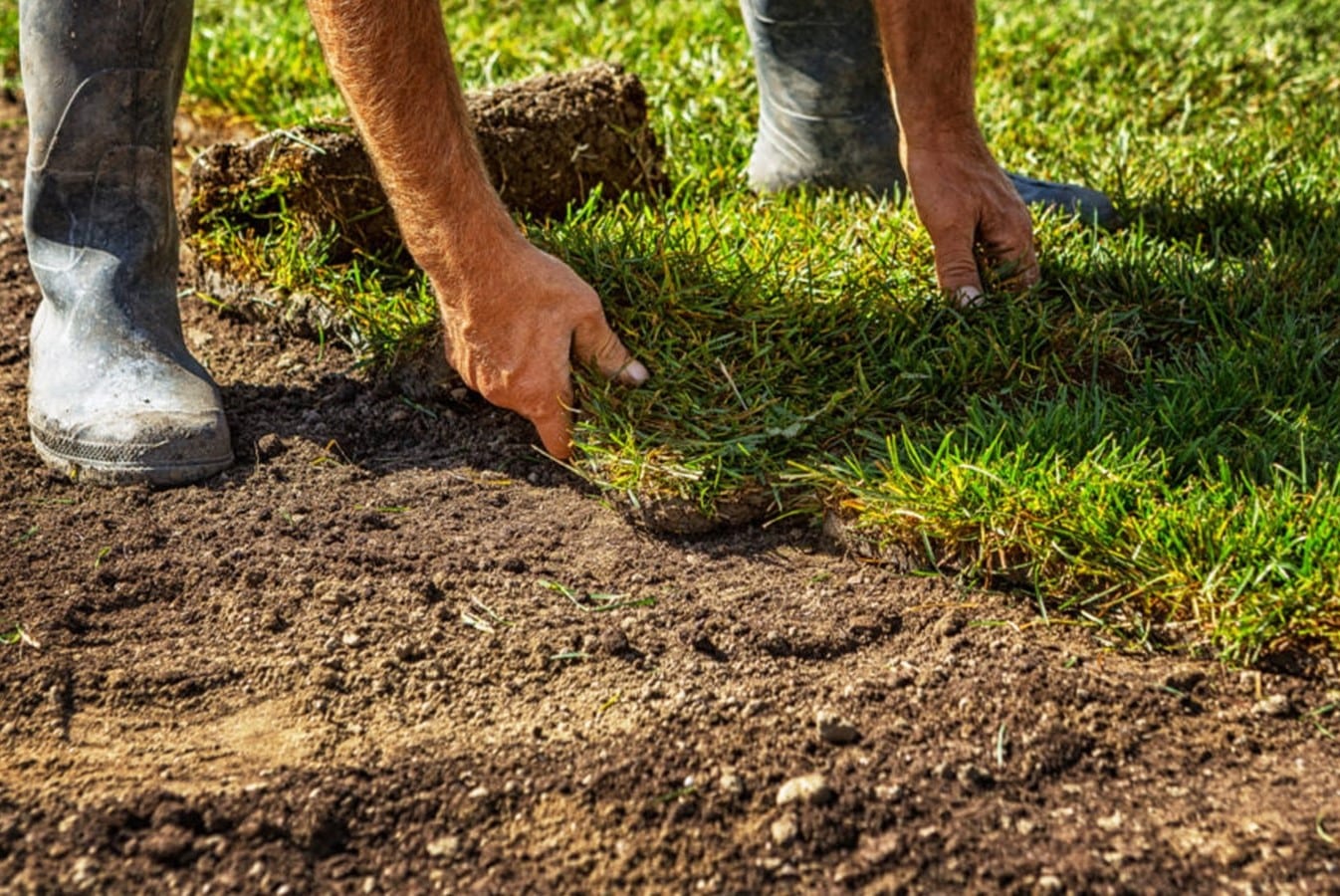
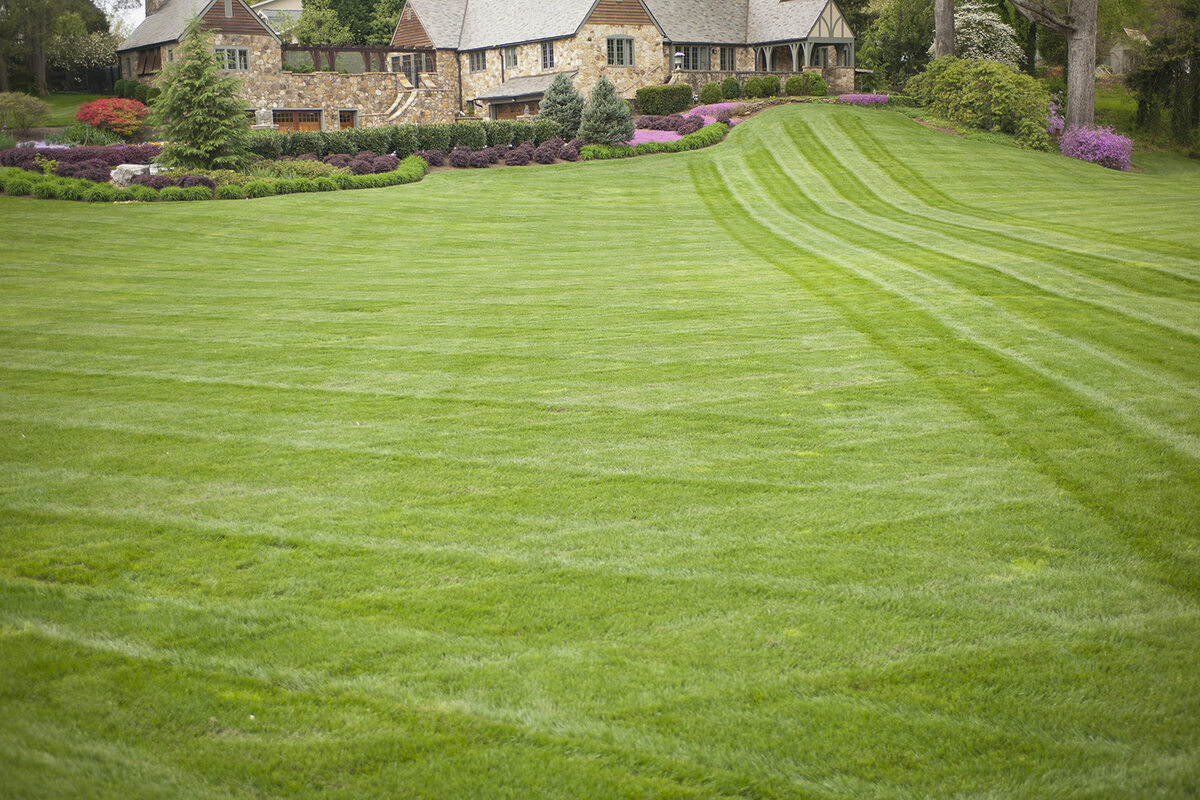
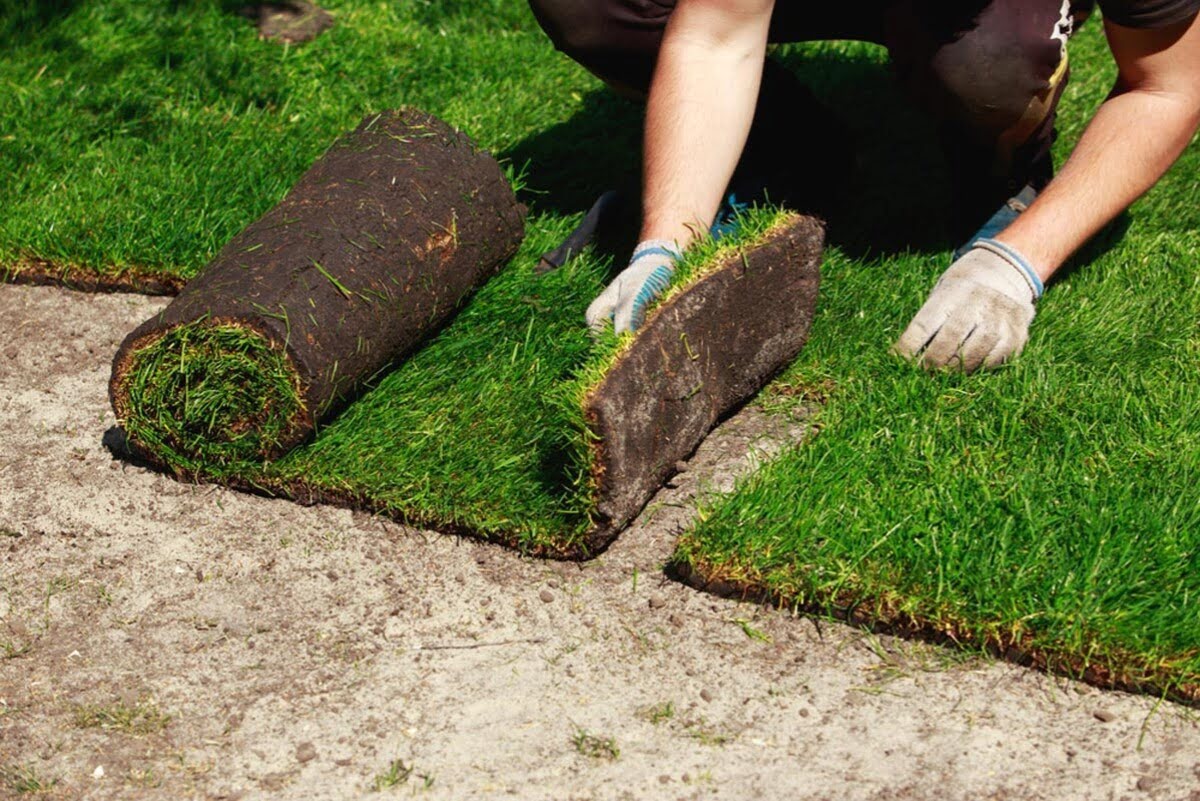
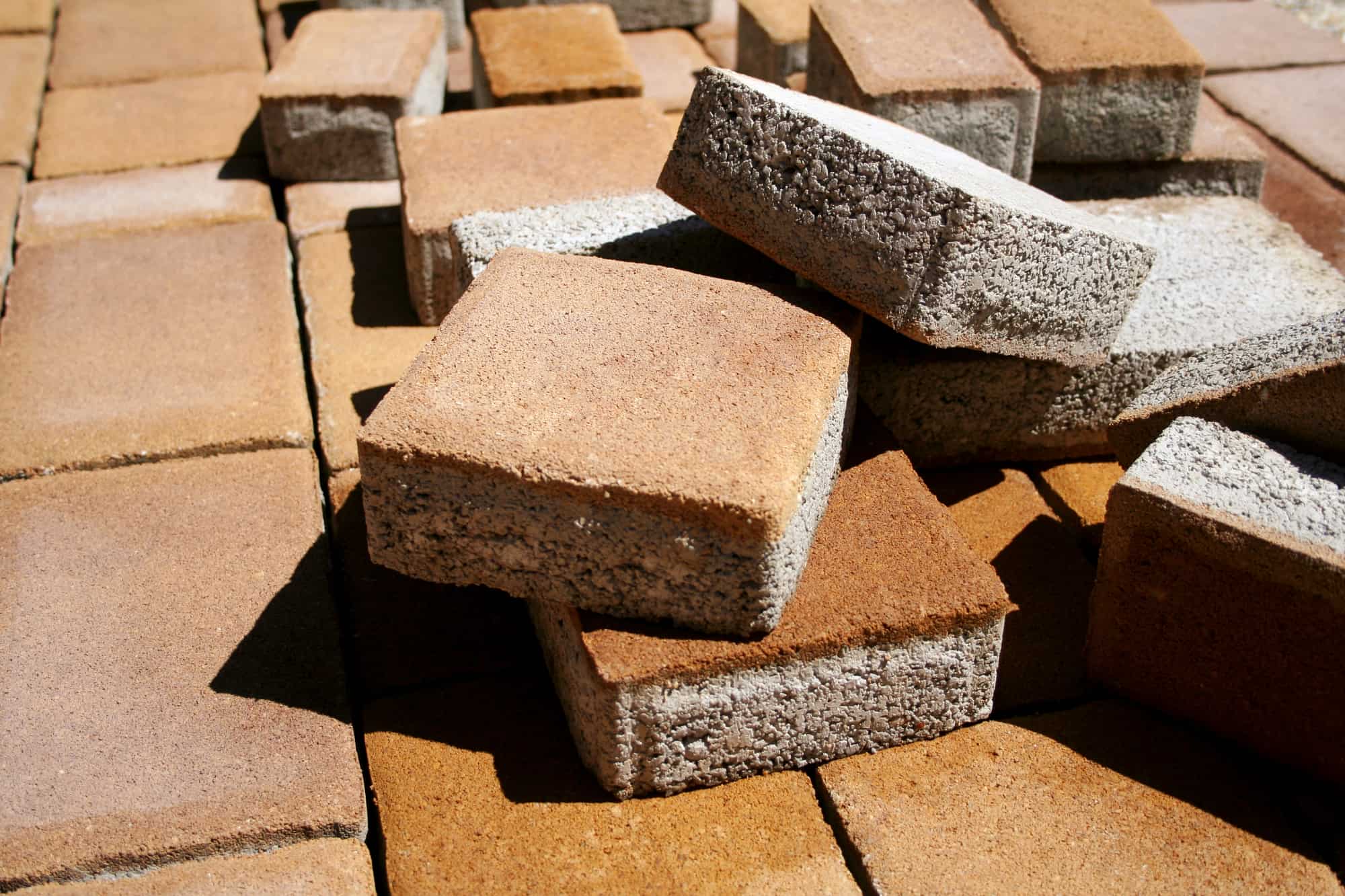
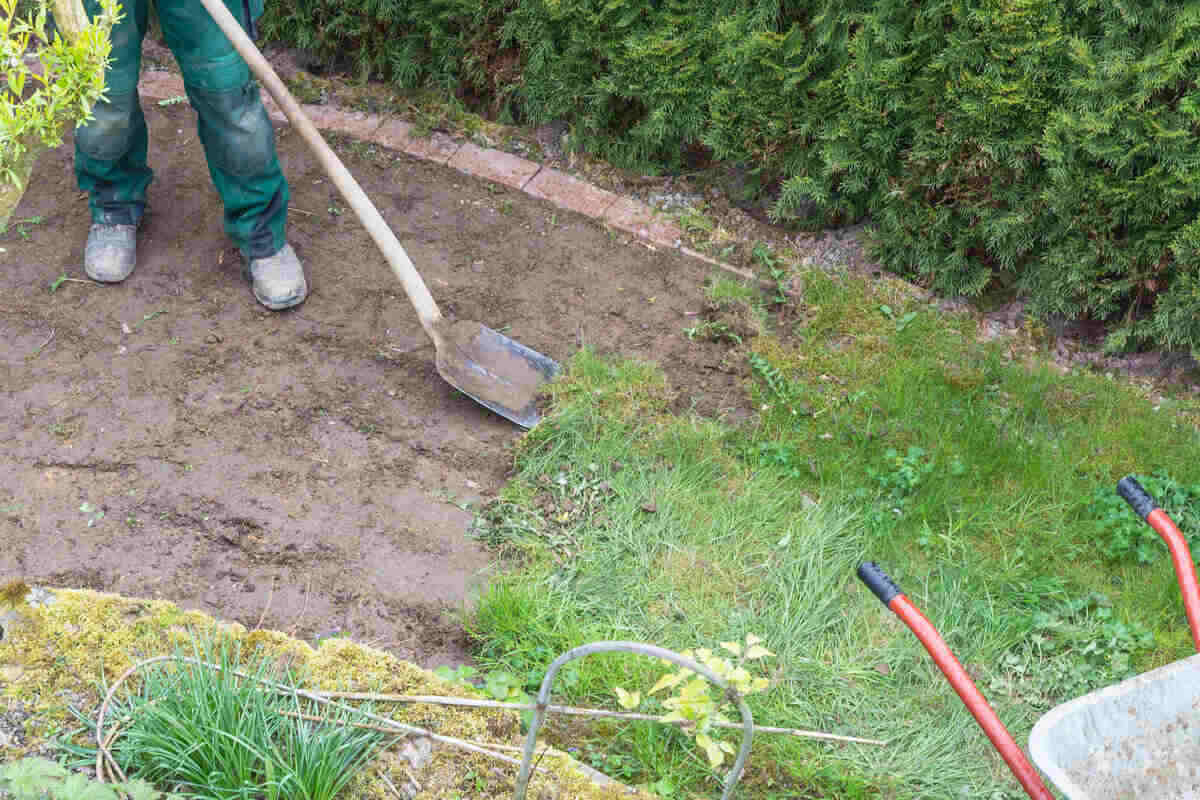
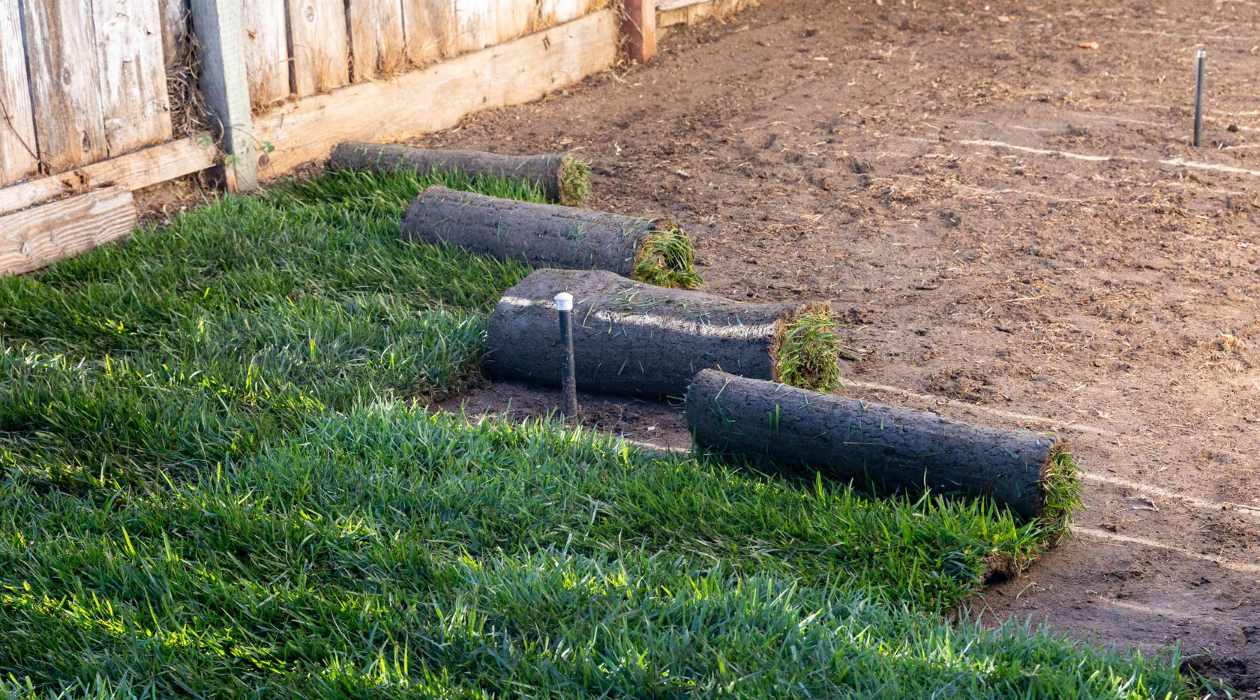
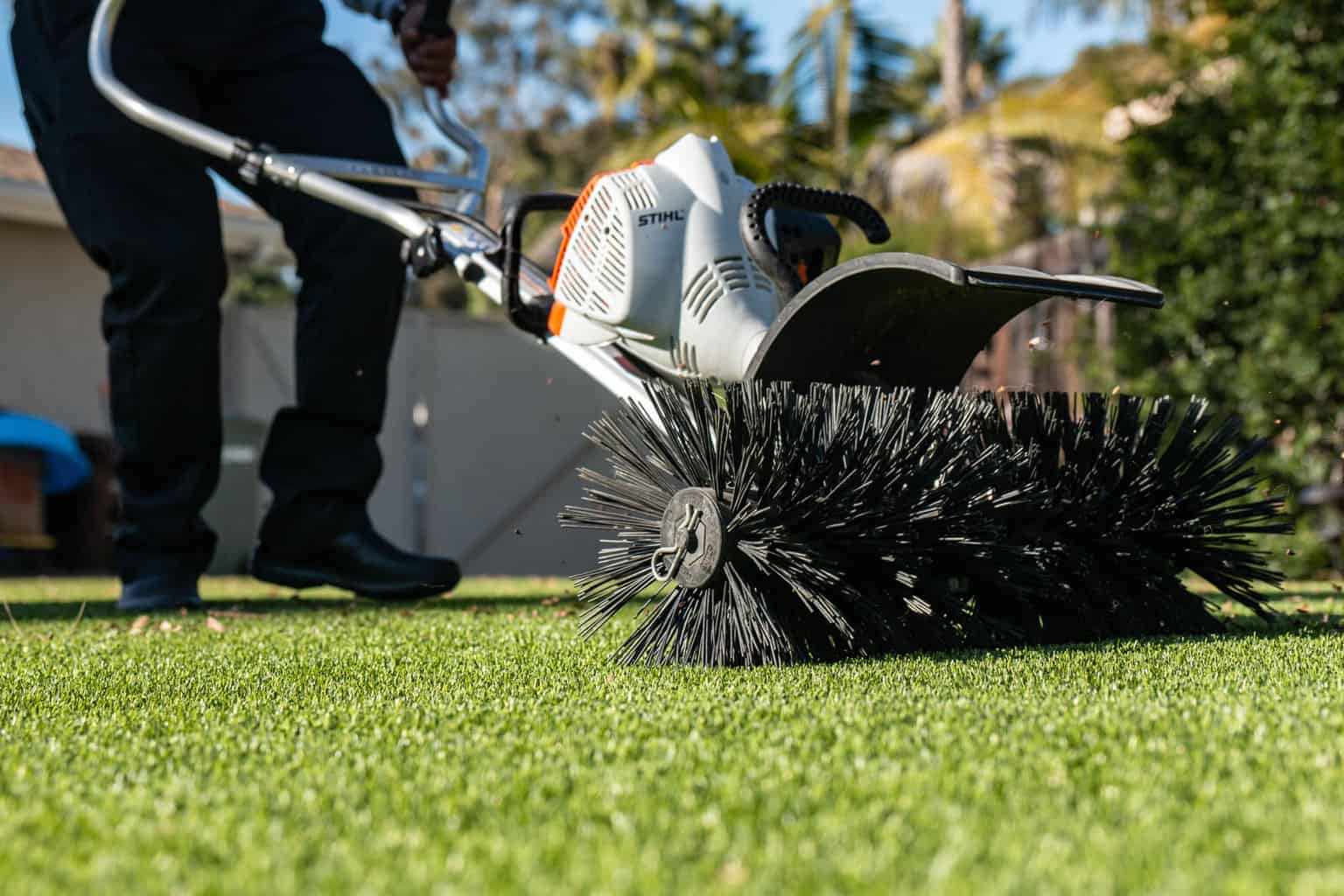
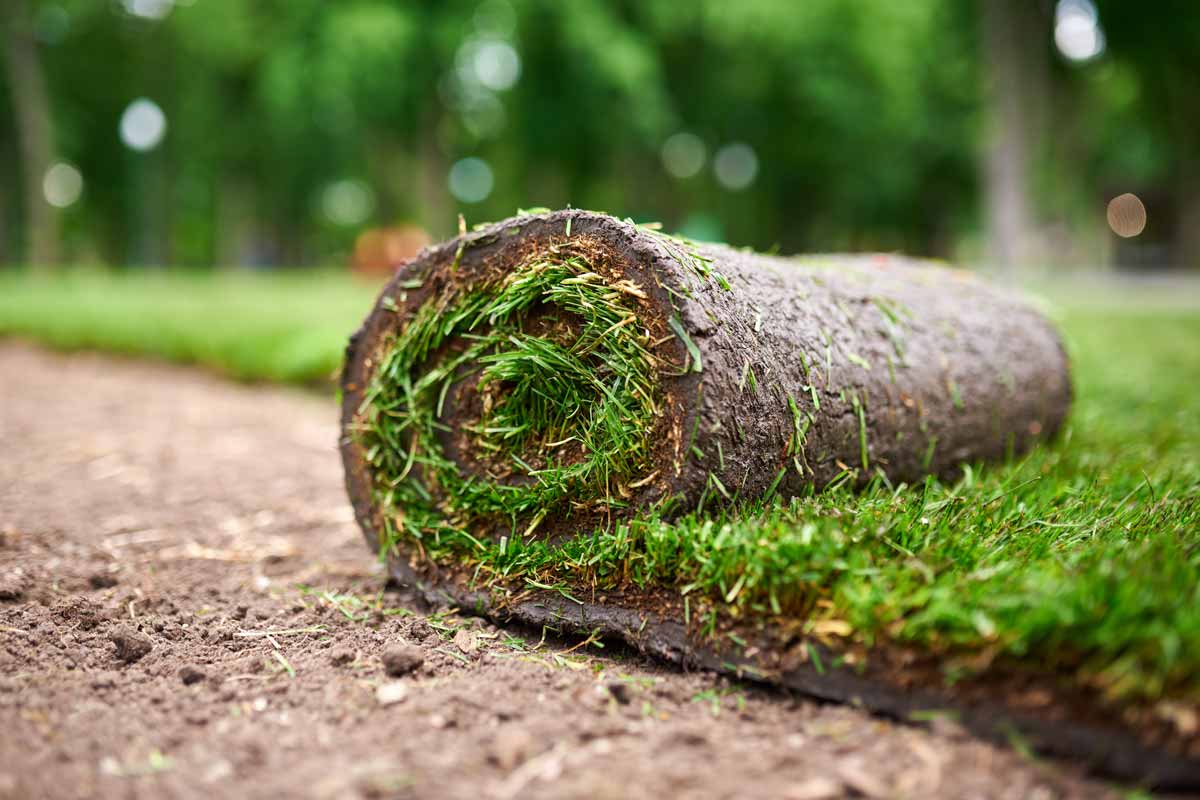
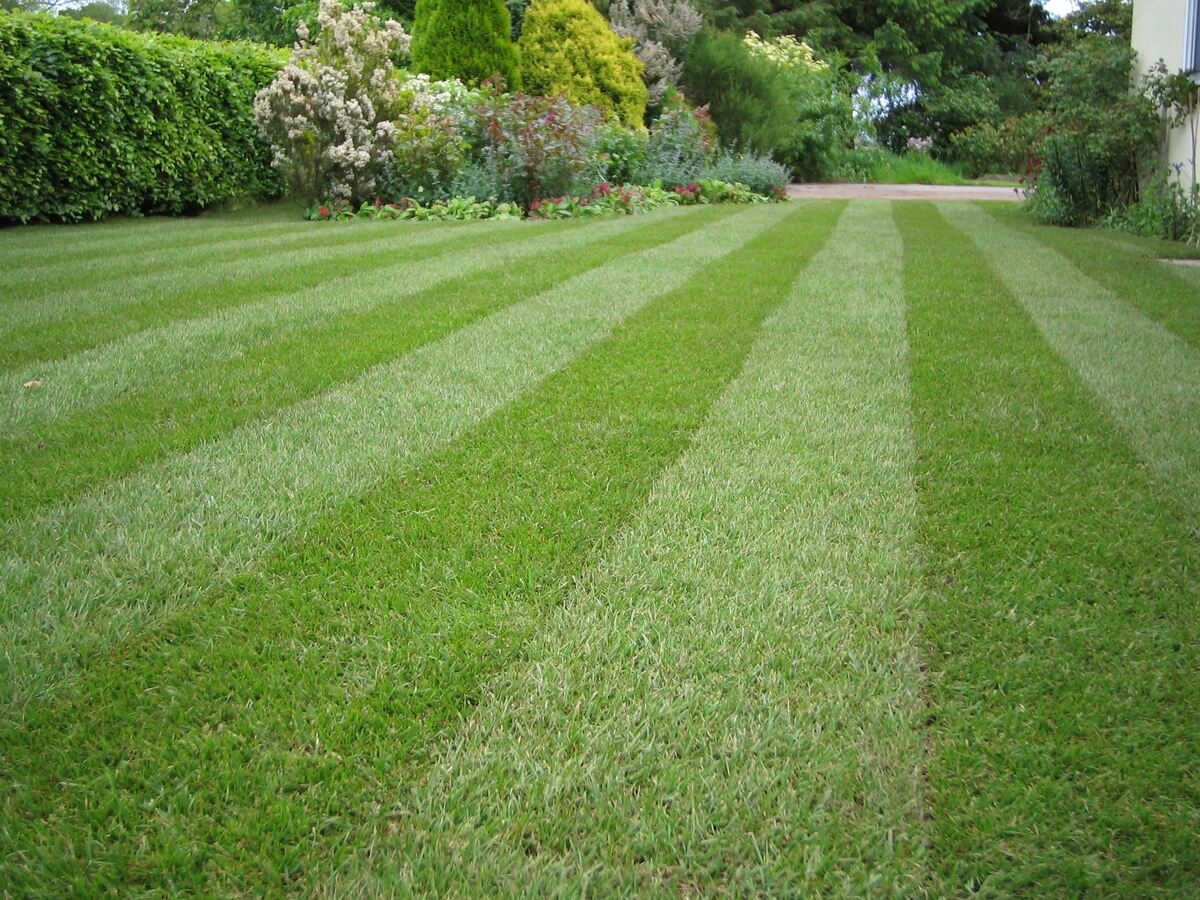
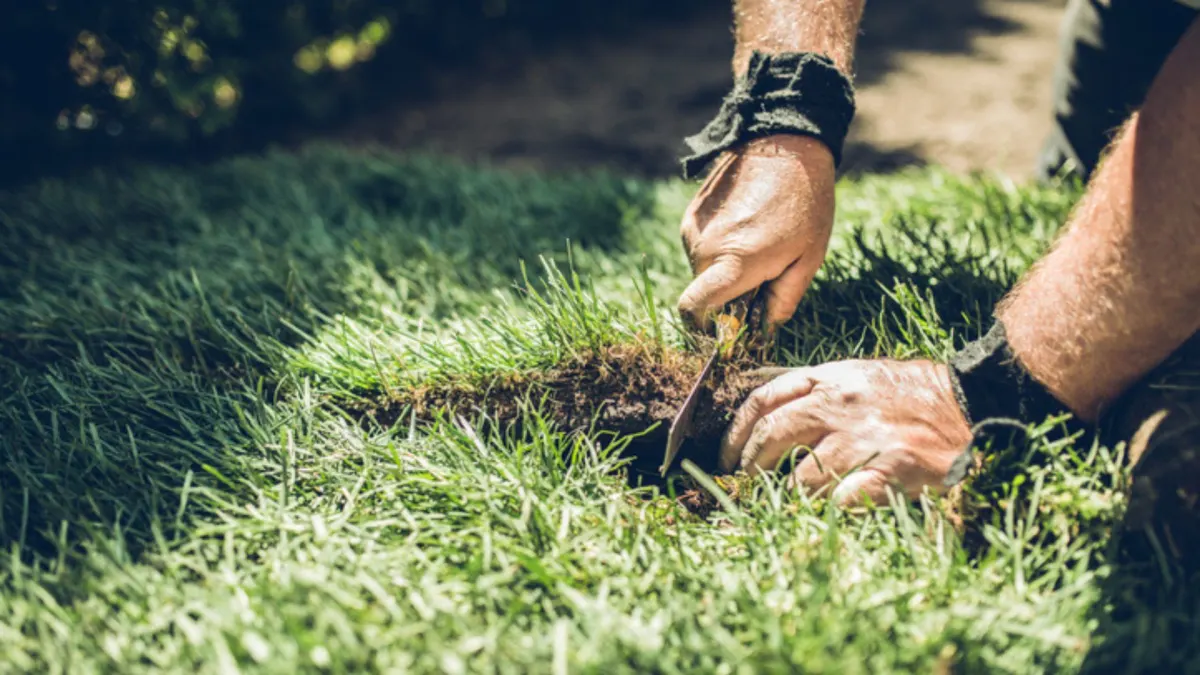
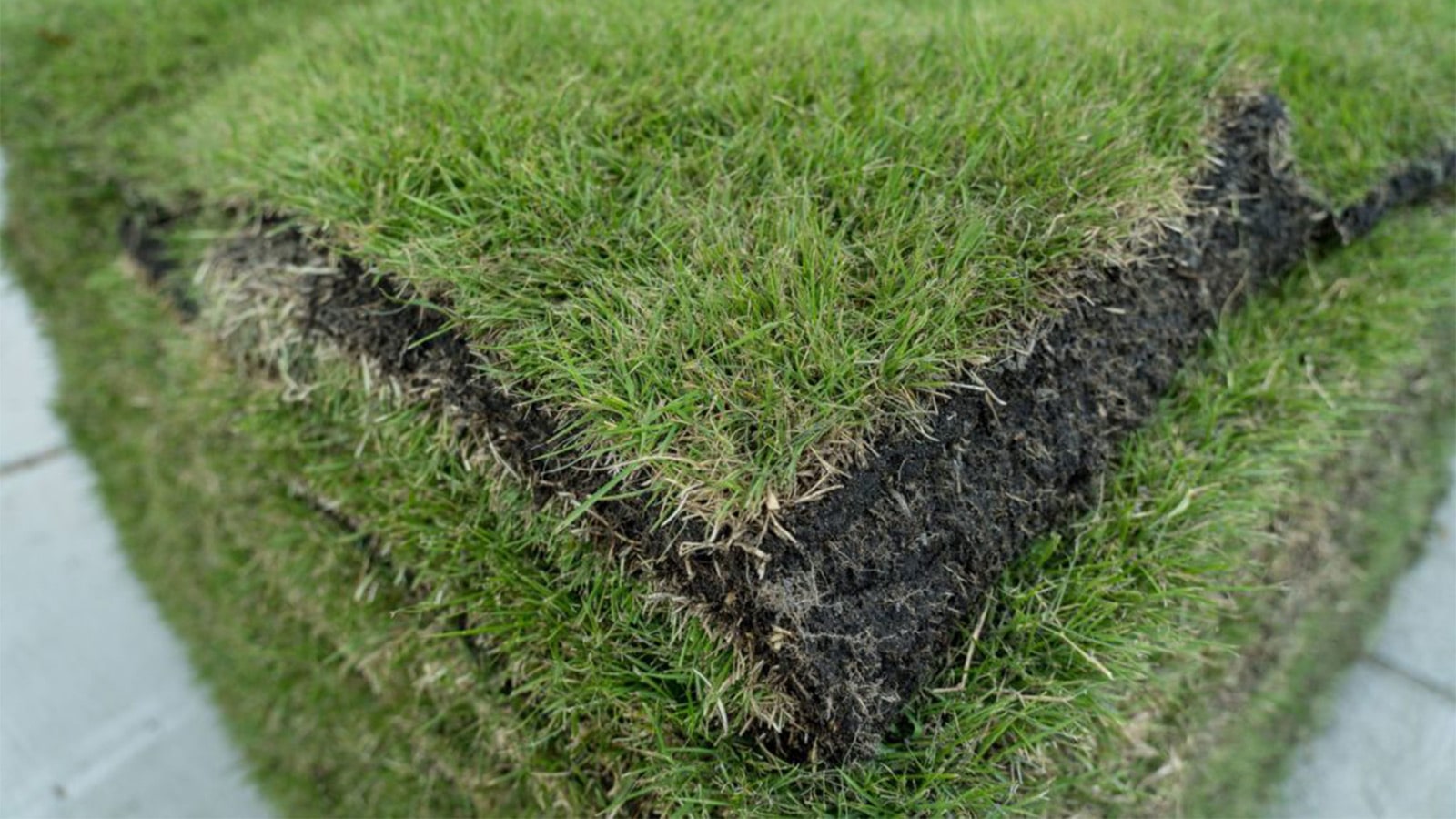
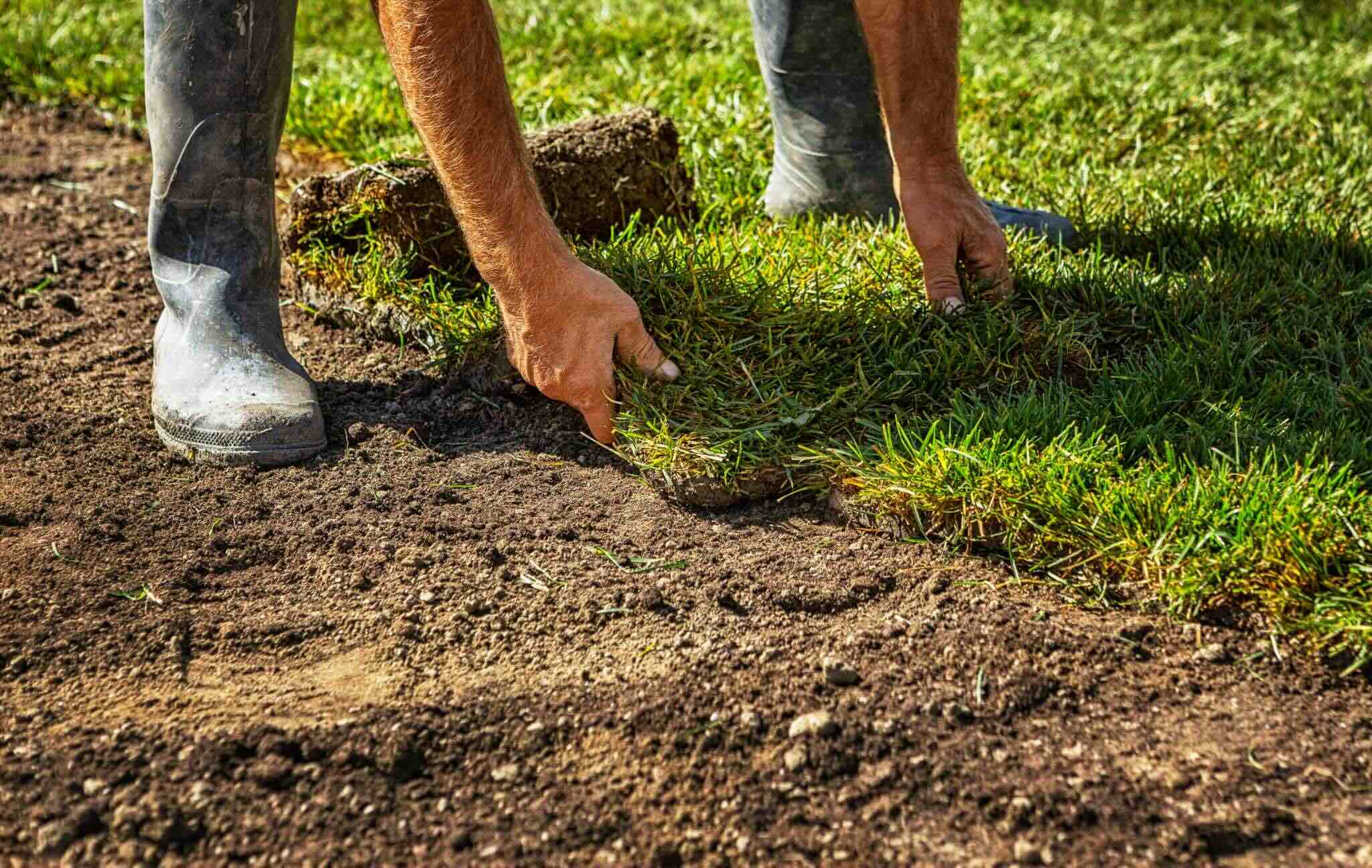
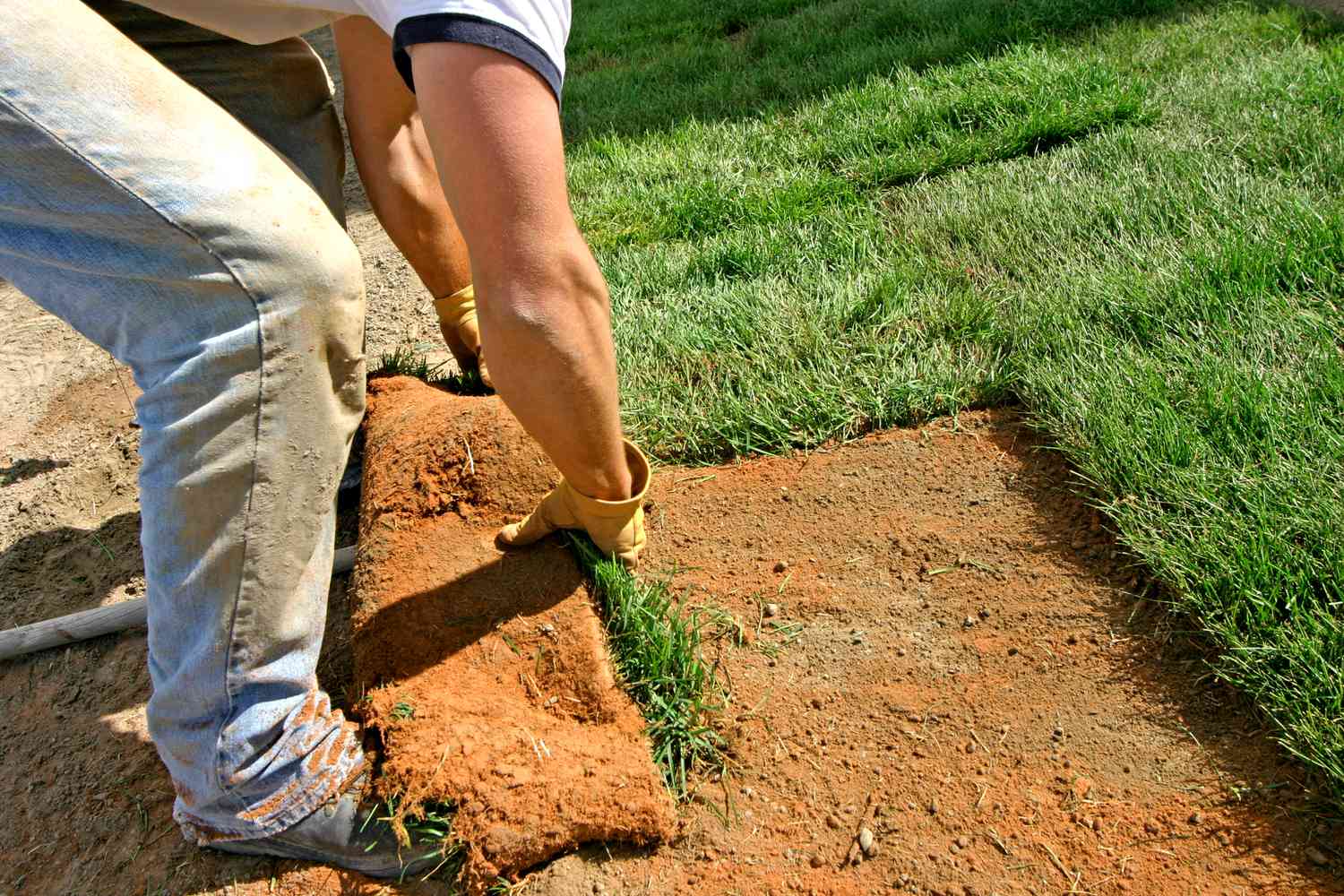
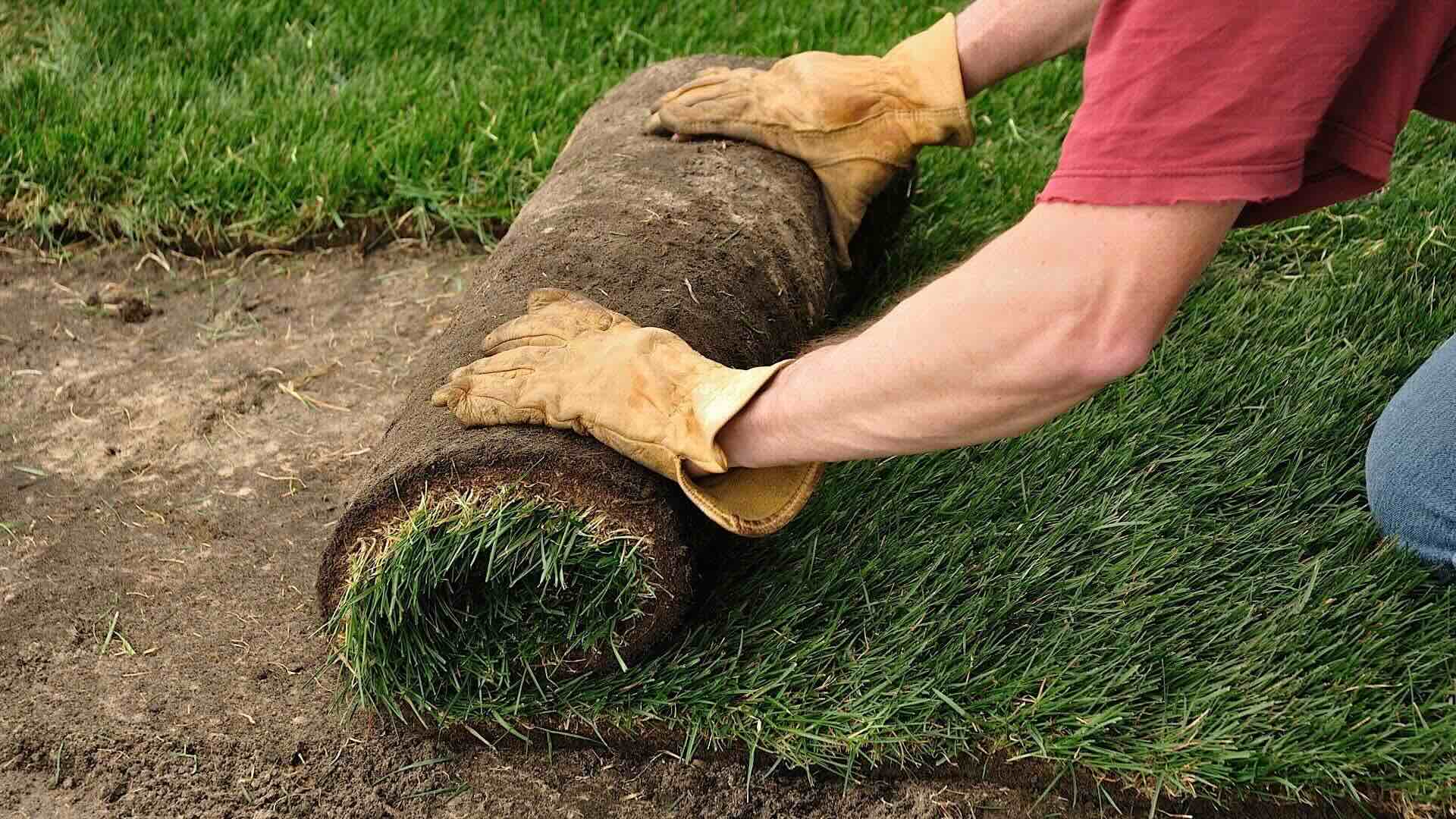

0 thoughts on “How To Maintain Sod Grass”